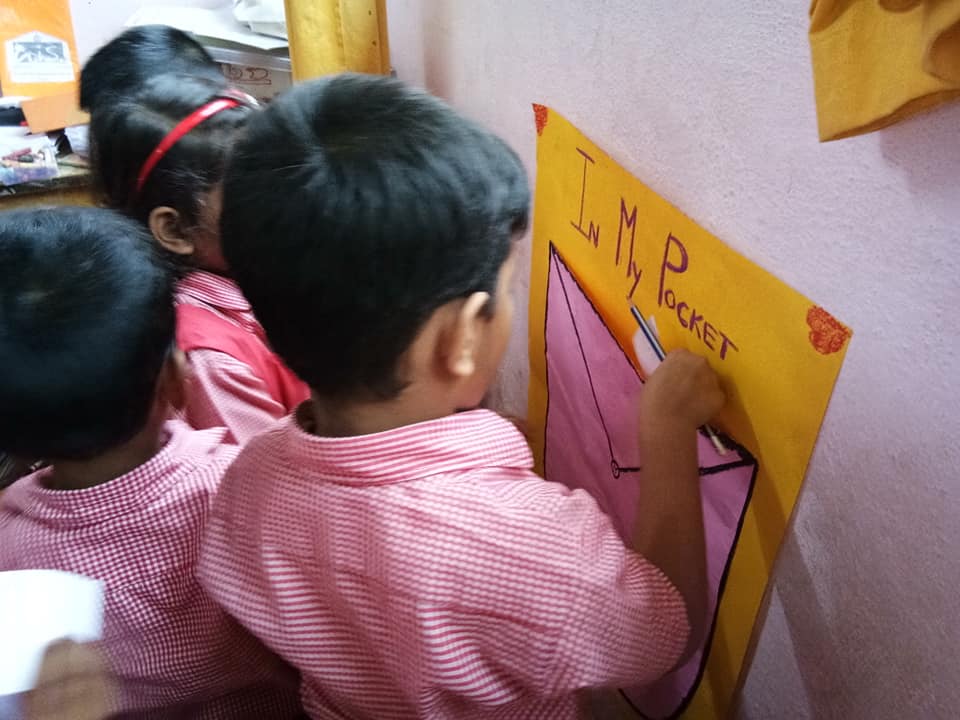This year as the Library team sat together to plan the syllabus, we discussed and decided to change some things going forward in the programs that we do. One of the interesting changes to be incorporated was to look at our reader response activities. We always did these activities in the Libraries in School program but looking back we felt that they were scattered, disorganised and were done at the will of the Resource Person (RP). Earlier we simply chose the option that suited us (RPs) from the lesson plan imagining they were best for the children. This was lovely in terms of freedom of choice for RP and at the same time we felt that we were not moving together as everyone did different things. For children as well, this was unfair as their engagement and exposure to different activities was limited as per RP’s choice. So this year we tried to work on the reader response activities collaboratively keeping the children in mind. We thought of incorporating three things that we wanted to focus on. The three things we felt would shape up the reader responses well were activities around extending the story, story comprehension and visualisation.
Before we sat out to plan these activities we first tried to understand what each of the elements meant. This was not very easy and we realised that often we think we understand what terms mean but when we have to describe, act and design upon them, each of us interpret in our own way. So in our meetings, Sujata helped us with concrete examples and selection based games until we were all on the same page of agreeing what activity would be considered ‘story comprehension type ‘ over a ‘ extend the story type’ and so on. This was a fun and a best learning activity for us to understand it quickly where things like drama, mapping, Guided Drawing, letter writing etc. Could be placed before we planned for all the story books. Apart from this another challenge and a great learning came to us which was to first understand the take away of each story and then plan the activity.
As the team when we sat to do this simple exercise, we learnt about how we looked at the stories differently. For example, for ‘A Colour of His Own’ by Leo Lionni, some of us felt that the take away would be friendship and then some felt that it was about identity. For the story ‘Knight and the Dragon’ by Tomie DePaola some felt the takeaway will be understanding stereotype while some felt that it was about problem solving. This activity really made us read and think about the book with better clarity. Everyone was given the responsibility of discussing with a group a set of books, which were then reviewed in the syllabus planning meeting. All of us on the team are experienced library educators. We have been doing these stories for the past 3 – 5 years and still this was a huge learning for all of us to think and talk together and very essential I feel because we are also changing and thinking differently than we were last year.
As this activity of planning the reader responses was a good collaboration, it was also a good way for us to have more clarity in our work. When we as a team were conducting these activities we had the opportunity to discuss about them and reflect on the feedback of the same. While in the class the children were the happiest thinking critically and responding to the story creatively. So far the children have enjoyed writing letters, creating things using clay, working with pipe cleaners and other material. Children have worked collaboratively and independently. They have worked on structured worksheets and on open ended writing exercises and it is only seven weeks of our story program. So much awaits us!




